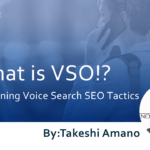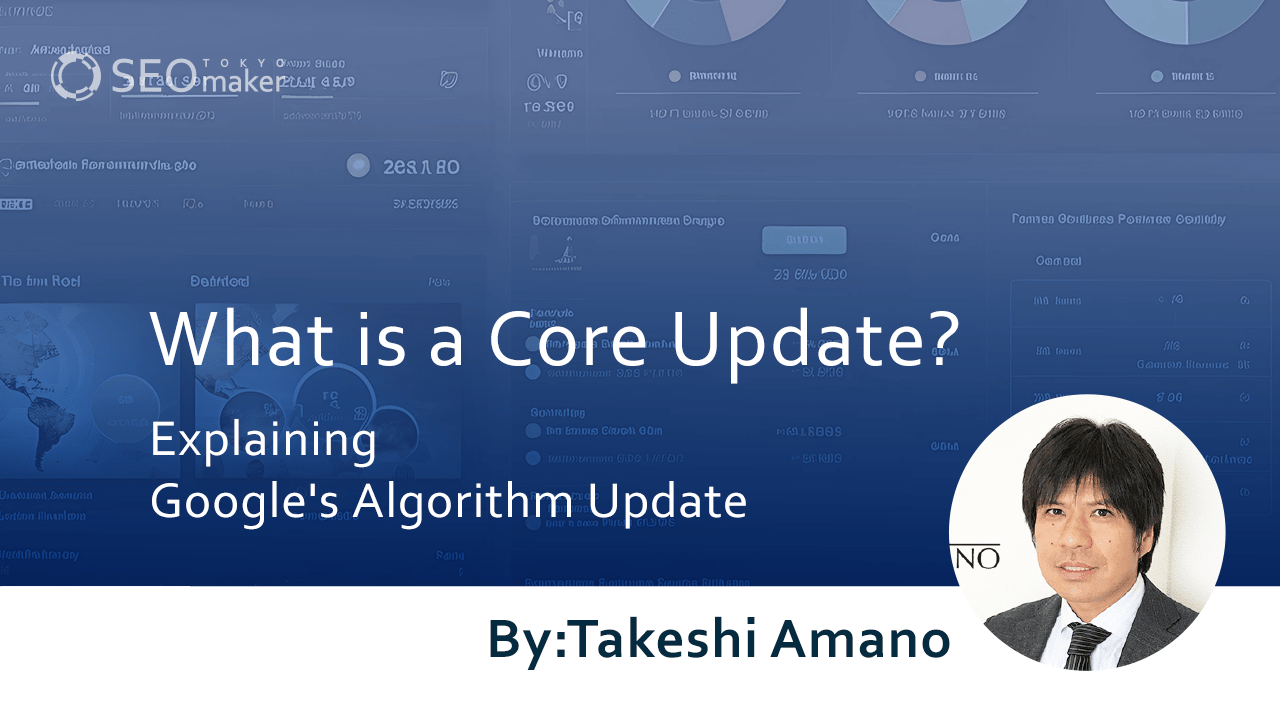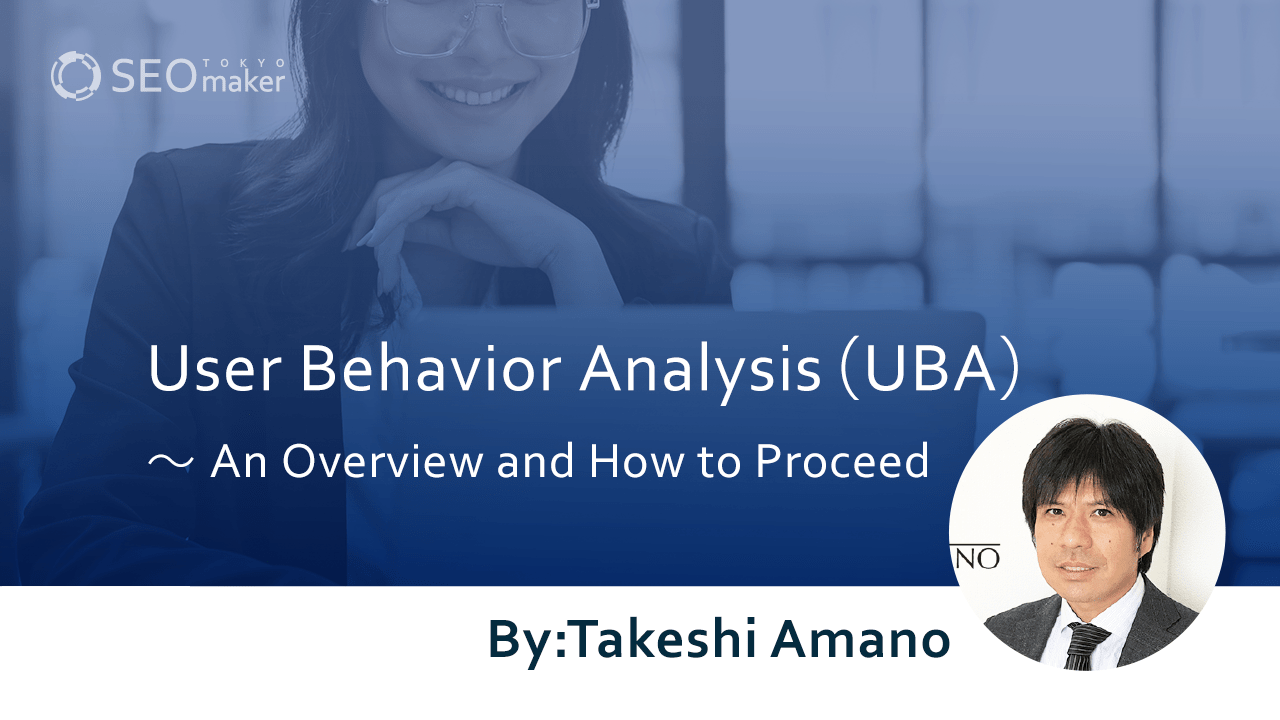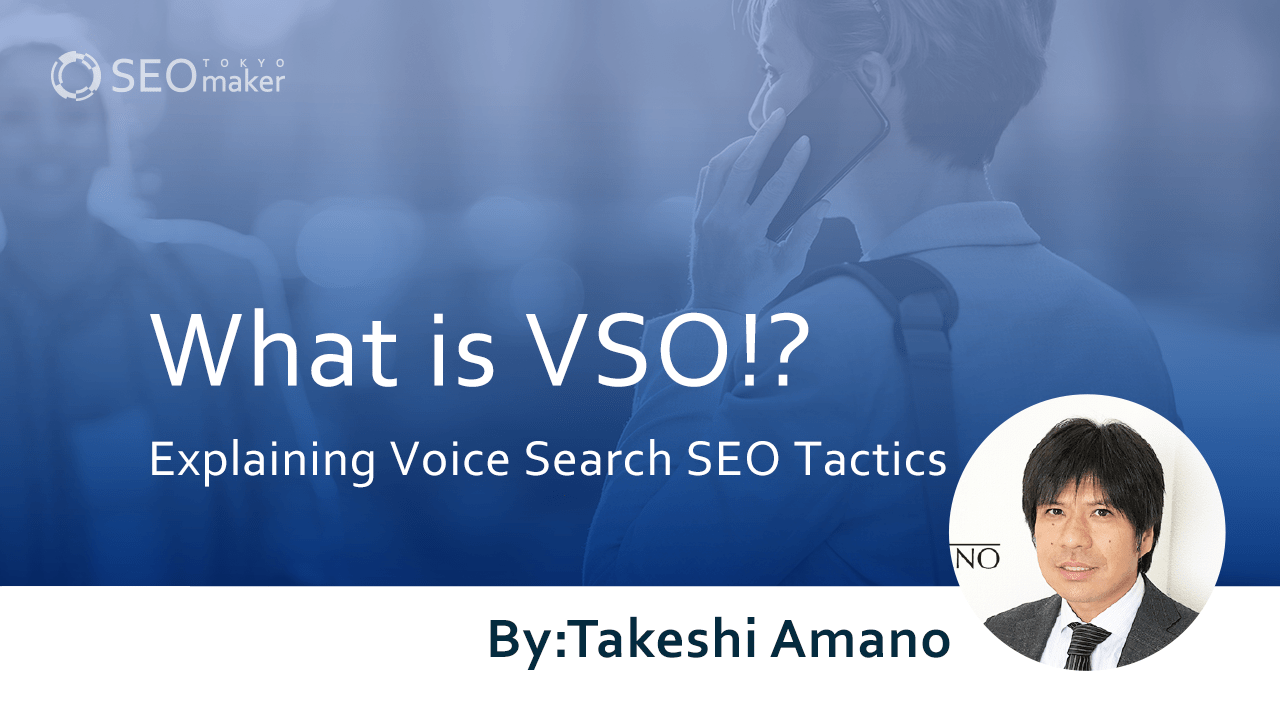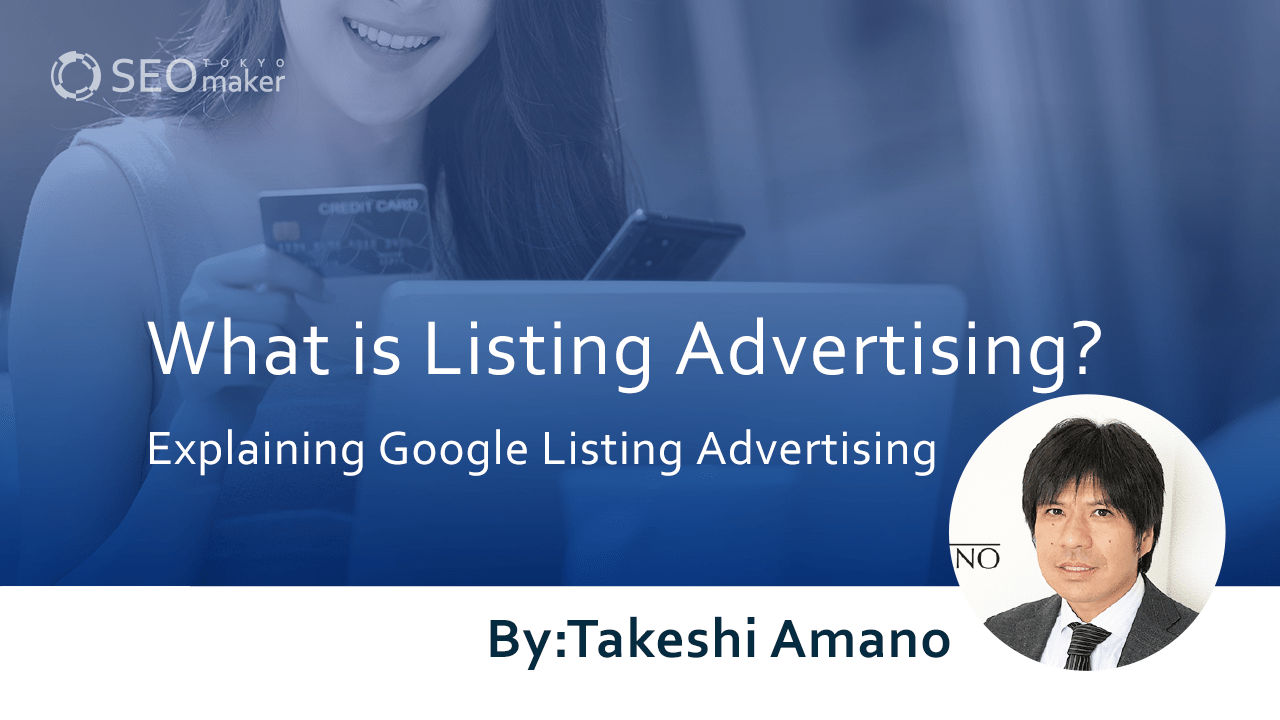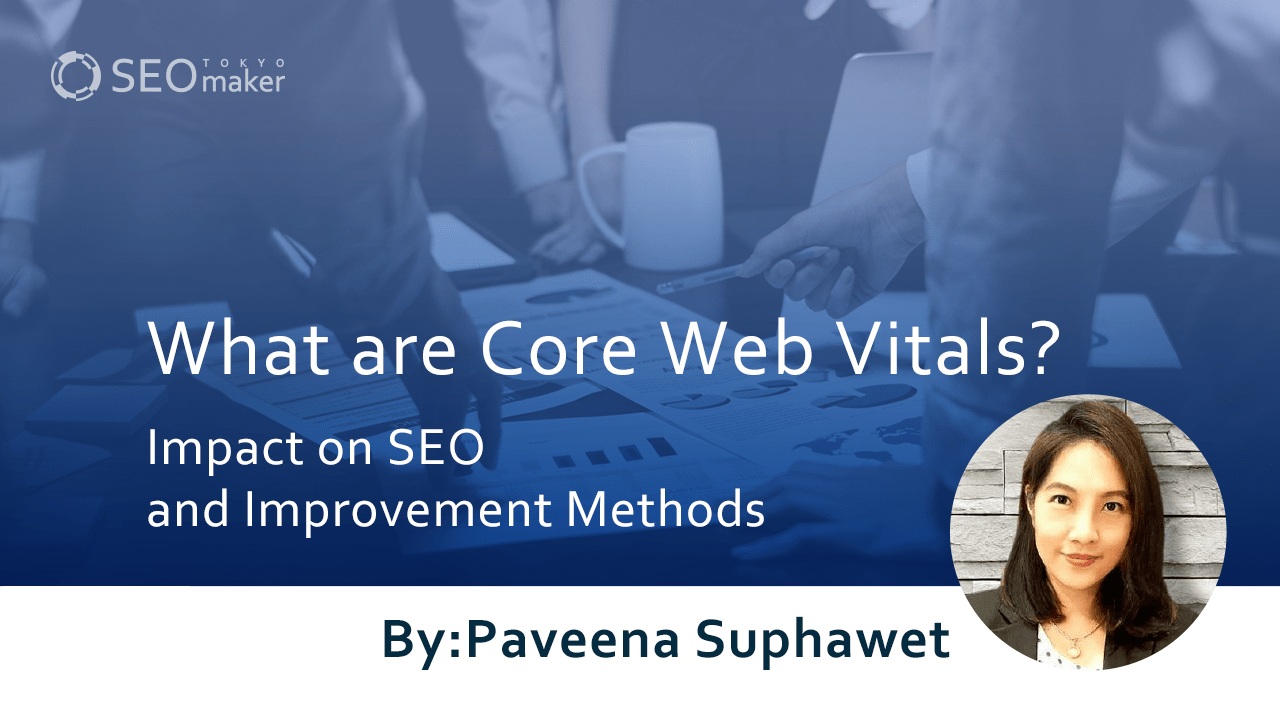What is Content SEO? The Complete Guide~Key Points, Benefits, and Success Stories~
contents
- 1 What is Content SEO?
- 2 The Benefits of Content SEO
- 3 The Disadvantages of Content SEO
- 4 Tips for Success in Content SEO
- 4.1 Create Content Beneficial for Readers
- 4.2 Understand Search Intent
- 4.3 Regularly Review and Update Articles
- 4.4 Produce Unique, Original Content
- 4.5 Study Web Writing and Structure Articles
- 4.6 Refer to Top-Ranked SEO Agency Sites
- 4.7 Ensure E-E-A-T
- 4.8 Use Original Images
- 4.9 Incorporate Internal Links
- 5 Content SEO Creation Process
- 5.1 Keyword Selection
- 5.2 Consider Search Intent for Each Keyword
- 5.3 Decide on Titles Based on Search Intent
- 5.4 Write the Article
- 5.5 Verification
- 5.6 Create New Content
- 5.7 Success Stories in Content SEO
- 5.8 Cookpad Inc.
- 5.9 Benefit One Inc.
- 5.10 LIG Inc.
- 5.11 Tokyo SEO Maker
- 5.12 Our Content SEO Success Stories
- 6 Common Questions About Content SEO (Q&A)
- 7 Conclusion
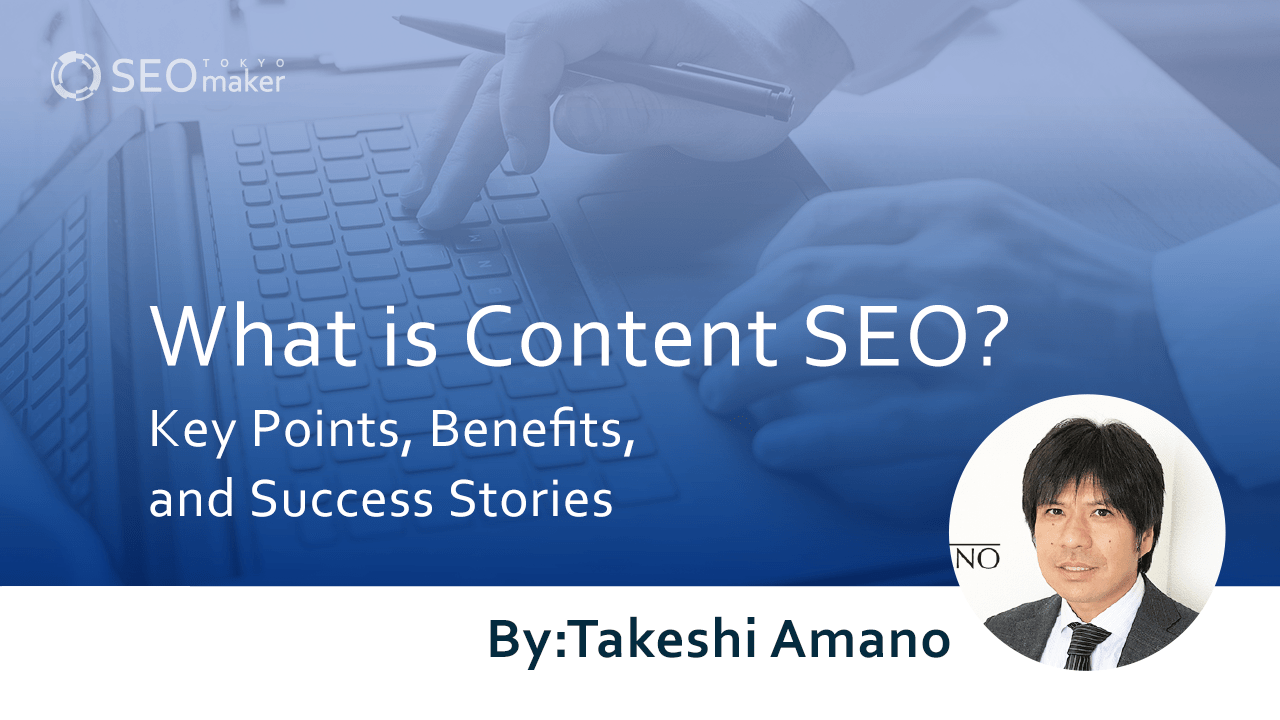 What is Content SEO? Content SEO is a method of continuously publishing high-quality content that aligns with the intentions of users searching online, aiming to attract customers from search engines like Google and Yahoo! . It is a crucial strategy for targeting top search rankings.
What is Content SEO? Content SEO is a method of continuously publishing high-quality content that aligns with the intentions of users searching online, aiming to attract customers from search engines like Google and Yahoo! . It is a crucial strategy for targeting top search rankings.
As web-based customer acquisition has become commonplace, understanding content SEO can make a significant difference in your SEO efforts. Neglecting content SEO makes it challenging to increase search traffic. Advance your understanding of content marketing and SEO techniques to drive successful SEO.
Understanding content SEO deepens your overall grasp of SEO. In this article、We explain content SEO.
What is Content SEO?
Content SEO is one of the SEO methods that involves continuously publishing high-quality content that meets the search intentions of users, aiming to attract customers from search engines like Google and Yahoo! . SEO (Search Engine Optimization) refers to optimizing for search engines to achieve higher rankings.
In essence, content SEO is about providing valuable information to search users, answering their queries, and targeting top search rankings. This includes optimizing tags and acquiring backlinks.
Content SEO is the most fundamental aspect of SEO strategies. Achieving top search rankings without understanding content SEO is difficult. Publishing high-quality content is crucial.
Guidance on Creating High-Quality Sites | Google Search Central
The Difference Between Content Marketing and Content SEO
Content marketing is often confused with content SEO. Content marketing is a method that uses content to provide valuable information to users, engaging with customers and prospects, and ultimately turning them into fans.
It involves providing valuable content to the audience you’ve attracted, guiding them from conversion (CV) to becoming repeat customers. On the other hand, content SEO is one of the methods within content marketing.
By establishing a site and providing high-quality content that aligns with the search users’ needs, you can attract these users to your site. Content SEO is primarily about attracting search users, while content marketing focuses on converting these visitors into customers and then repeat customers.
Content SEO focuses solely on attracting visitors to the site, whereas content marketing involves publishing various types of content to acquire potential customers, such as comics, e-books, DVDs, etc.
| Content Marketing | SEO | |
| Purpose | Conversion Acquisition | Web Customer Acquisition |
| Channels | Search Engines, SNS, Advertising, Newsletters, DVDs, Videos, Books | Search Engines |
| Target | Audience with Purchase Intent | Search Engine Users |
The Rise of Content SEO
The rise of content SEO can be attributed to the increasing importance of search rankings. In the 2010s, it was possible to easily improve search rankings using methods not recommended by Google, known as Black Hat SEO. However, in the 2020s, these methods are avoided due to their high risk. Instead, White Hat SEO, which emphasizes the quality of content, has gained prominence.
Black Hat SEO involved exploiting Google’s algorithm by intentionally increasing backlinks, whereas White Hat SEO aligns with Google Search Central, focusing on creating content that pleases users and earns favorable evaluations from search engines.
Previously, it was possible to forcibly achieve higher rankings by investing money, but now the focus has shifted to displaying user-friendly sites at the top. Consequently, providing information that users seek has become a prerequisite for higher search rankings, leading to the spread of content SEO.
The Benefits of Content SEO
Understanding content SEO leads to a deeper comprehension of Google’s algorithm. By grasping this and achieving higher search rankings, numerous benefits can be realized. Here are six key advantages:
- Long-term Cost-Effective Customer Acquisition
- Secondary Use in Presentations and Sales
- Reaching Potential Customers
- Enhancing Trust and Credibility for the Company
- Turning the Site into a Company Asset
- Low-Cost Implementation
Long-term Cost-Effective Customer Acquisition
Once web content is published, it remains on the internet unless it violates Google’s guidelines or is deleted by the publisher. Of course, rankings may drop without regular updates, but the content does not disappear.
As long as the site is live, it can attract customers from search engines. Regular SEO efforts can maintain high search rankings. Content SEO is like advertising 24/7. Unlike TV commercials or street ads, which require preparation time and costs, content SEO primarily involves human resource expenses.
Despite taking time to develop a solid media presence, the ability to advertise around the clock at a lower cost than TV commercials is a significant advantage.
Secondary Use in Presentations and Sales
Content that ranks high is undoubtedly of high quality. A site filled with quality content can be effectively used in sales materials and presentations. Creating materials from scratch is time-consuming, but with content already developed, this process is unnecessary.
Content SEO not only attracts customers but also saves time and costs in sales, making it easier to promote your products and services.
Reaching Potential Customers
If your content ranks high in search results, it can reach potential customers. Tailoring content to your business activities or products can attract users interested in these areas, potentially turning them into your customers.
Regular access to your content can lead to product purchases or service usage. This approach not only appeals to existing customers but also efficiently increases your customer base in a shorter time.
Enhancing Trust and Credibility for the Company
Publishing high-quality content about your company’s knowledge and initiatives builds trust and credibility among users. Providing useful content to users fosters more trust than merely talking about your company.
When approached for sales, a company with no website or only self-focused content may not spark interest. However, a company that ranks high in search results or publishes beneficial content is more likely to be listened to.
Content not only contributes to sales but also builds trust and credibility for the company.
Turning the Site into a Company Asset
Content turns your site into a company asset. For instance, content created for specific keywords in a genre remains on the web unless deleted or forgotten in domain or server updates.
Content developed over months or years becomes an asset for the company. Even content from years ago can maintain high rankings with regular reviews and updates.
Low-Cost Implementation
When considering web-based customer acquisition, advertising is often the first thought. Mainstream options like display or listing ads can be costly. Some keywords may cost over 1000 yen per click, thinning profits even when products sell.
In contrast, enriching site content is a much more affordable approach. If articles can be written in-house, there are no outsourcing costs, and even if outsourced, it’s cheaper than advertising.
The Disadvantages of Content SEO
While content SEO leads to customer acquisition and can be repurposed for presentations and other uses, contributing to the enhancement of corporate trust, it does not guarantee easy achievement of high search rankings. Various companies engage in content SEO, experimenting and striving to attain and maintain high rankings.
Achieving top rankings is particularly challenging in highly competitive (Red Ocean) markets. Content SEO comes with its own set of challenges related to results and production. Here are four primary disadvantages of content SEO:
- Time-Consuming to See Results
- Time-Intensive Content Creation
- Some Costs Involved in Content Creation
- Regular Rewriting is Essential
- Difficulty in Gaining Internal Understanding
Time-Consuming to See Results
One of the biggest drawbacks of content SEO is the considerable time it takes to see results. For instance, even if you commission content creation to someone with expertise and publish it confidently, it won’t immediately reflect in search results.
First, it needs to be discovered by Google’s crawlers. However, with numerous articles updated daily on Google, the content creator must devise strategies to make their content more discoverable.
Even after publication, it’s necessary to rewrite and apply internal links to improve rankings. The delay in seeing results is a significant disadvantage.
Time-Intensive Content Creation
Creating content requires a lot of time. From keyword selection to competitor analysis and drafting plans, various aspects need consideration. The more significant the keyword volume, the higher the difficulty in achieving top rankings, and the more time it takes.
Since late 2022, the development of generative AI, like ChatGPT, has become a popular method for content creation. The introduction of ChatGPT dramatically reduces content creation time. However, as of early 2023, generative AI still faces significant challenges in fact-checking and content accuracy, necessitating human review after AI-generated content.
Some Costs Involved in Content Creation
While content SEO can be started inexpensively, it does involve some costs. Content creation includes planning, writing, editing, and publishing, and large media companies often have staff for each process and many writers.
Even if content creation is possible in-house, roles like SEO directors and media editors are needed for progress checks. Outsourcing content creation typically costs tens of thousands of yen per article. For general web writing companies, the cost starts from about 30,000 yen per article, and for SEO companies, it’s around 100,000 yen per article.
Regular Rewriting is Essential
Producing high-quality articles is a fundamental requirement of content SEO. Therefore, it’s natural to focus on article creation, but rewriting becomes necessary after a certain period.
Even articles that were excellent at the time of creation may become outdated or surpassed by new methods, making them less relevant. Regular reviews are necessary as search rankings can significantly change with evolving trends. It’s advisable to check whether the content is current or outdated at least every six months.
Tools like GRC for tracking search rankings and heatmaps like Microsoft Clarity or User Heat for site exit analysis, as well as tools like Google Analytics for tracking keyword inflow and conversion paths, are essential for improvements.
The extent of in-house versus outsourced work significantly affects costs and effort. Therefore, budgeting and staffing are crucial for continuous improvement.
Difficulty in Gaining Internal Understanding
A common challenge in SEO is gaining internal understanding. As mentioned earlier, SEO takes time, and the extent of customer acquisition and the time frame are often unclear at the start.
Moreover, even if there are no immediate effects, continuous effort is necessary for future success, making it difficult to predict when costs will be recovered and whether the strategy is correct. Especially those who engaged in web customer acquisition in the early 2010s might still believe that outdated SEO methods (Black Hat SEO) are effective, and this belief tends to be stronger among higher management. Success in content SEO is unlikely without understanding the need for time, continuous investment, and staffing.
Tips for Success in Content SEO
Content SEO varies across different companies and individuals, each having their unique knowledge. However, fundamentally, it’s about providing high-quality content for users. Misunderstanding this core principle can undermine the very foundation of content SEO.
It’s crucial to grasp the basic points essential for content SEO. Here are nine key aspects:
- Create Content Beneficial for Readers
- Understand Search Intent
- Regularly Review and Update Articles
- Produce Unique, Original Content
- Study Web Writing and Structure Articles
- Refer to Top-Ranked SEO Websites
- Ensure E-E-A-T
- Use Original Images
- Incorporate Internal Links
Create Content Beneficial for Readers
It’s vital to consider what content would be beneficial for users in relation to the topic you want to cover. A primary reason for not appearing in top search results is the lack of beneficial content.
Understanding Google’s search algorithm and its criteria for quality assessment is essential. If the top result for a keyword doesn’t provide the information users seek, they may stop using Google.
Google aims to be a search engine that quickly provides the desired information. The foundation of search result display is user evaluation. Therefore, publish information that users truly find valuable.
Incorporating unique insights from field interviews, customer feedback, experiences, and frequently asked questions (Q&A) are common strategies in content SEO.
Understand Search Intent
Content SEO is about answering readers’ questions. Therefore, it’s crucial to empathize with their concerns and provide solutions. To do this, think from the user’s perspective to understand search intent and observe how competing articles are structured.
Understanding search intent can be a challenge for media editors, but a simple and accurate method is to search on Google. Google displays sites that it deems best answer the user’s query, so pages ranking high for specific keywords are likely recognized by Google as meeting the search intent.
However, copying top-ranking articles directly can lead to penalties for duplicate content. After understanding the search intent, ensure to publish unique information from your company.
Regularly Review and Update Articles
It’s important to regularly review and rewrite published articles. Achieving top rankings is not the end; rankings will decline without updates. Incorrect or outdated information does not constitute high-quality content. Articles from months or years ago may contain errors, necessitating updates to ensure accuracy.
Produce Unique, Original Content
Even if the information is useful, sites perceived as rewrites or copies of other sites can be penalized for duplicate content. Original content, unique to your site, is preferable.
Google’s Panda Update algorithm targets such websites. Originality differentiates your site from others. Good content should be comprehensive and unique.
Comprehensiveness refers to how broadly related content is covered for a targeted keyword. Generally, Google tends to regard longer articles as more comprehensive, so it’s important to cover information broadly. However, be cautious not to overstuff content or ignore user needs.
Originality is a crucial element. Merely imitating top-ranking competitors’ articles lacks originality and won’t be valued by search engines. Instead, focus on data unique to your company or content not covered elsewhere to improve search engine ratings and rankings.
Study Web Writing and Structure Articles
Quality of the entire content is vital in content SEO.
Improving writing skills through study can enhance quality. For example, logically structuring articles with an introduction, body, and conclusion, paying attention to subjects and predicates, writing modifiers and modified words clearly, and careful use of punctuation can significantly improve writing.
Catchy headlines are also important. Engaging headlines can increase site traffic. Consistency in headline length is advisable. Major media often use headlines of around 13 characters. Techniques like targeting specific audiences, logical writing, and emotional writing are also valuable. Enhancing writing skills is beneficial for content SEO.
Refer to Top-Ranked SEO Agency Sites
A quick way to learn about content SEO is to study the article posting and creation methods of SEO agency websites. Search for “SEO strategies” on search engines and observe how numerous SEO agencies compete for this big keyword. Pay particular attention to the sites that rank high.
You might notice that top sites often have a similar structure, usually consisting of a catchy headline, photos, and long-form text. WordPress sites with articles categorized by theme are well-suited for content SEO, allowing for the expansion of content in each category.
Ensure E-E-A-T
E-A-T stands for Expertise, Authoritativeness, and Trustworthiness. In December 2022, Experience was added, making it E-E-A-T. It’s a quality assessment metric used by Google.
Google values not only the content of articles but also who wrote them. Having experts write or supervise your content can enhance its expertise, authoritativeness, and the overall trustworthiness of your site.
Use Original Images
Enhancing originality isn’t limited to text. Including clear, easy-to-understand images in articles is an important SEO strategy. Rather than using free images, it’s recommended to use original images created by your company. Free images have limited SEO impact, whereas original images can enhance it. Search engines now assess the quality of images, so creating your own images is a viable option.
Incorporate Internal Links
Internal linking is crucial for enhancing content quality. It improves usability by allowing users to navigate to relevant articles, thus enhancing the quality of your content.
If you have specific articles you want to highlight, actively build internal links to concentrate them. Even well-written articles without internal links are less likely to be valued, whereas articles with concentrated links tend to be rated higher.
Content SEO Creation Process
Creating high-quality content requires meticulous effort. Here are six steps:
- Keyword Selection
- Consider Search Intent for Each Keyword
- Decide on Titles Based on Search Intent
- Write the Article
- Verification
- Create New Content
Keyword Selection
First, decide which keywords to target for your site. In content SEO, it’s typical to target one keyword per page, so effective keyword mapping is crucial to avoid significant revisions later.
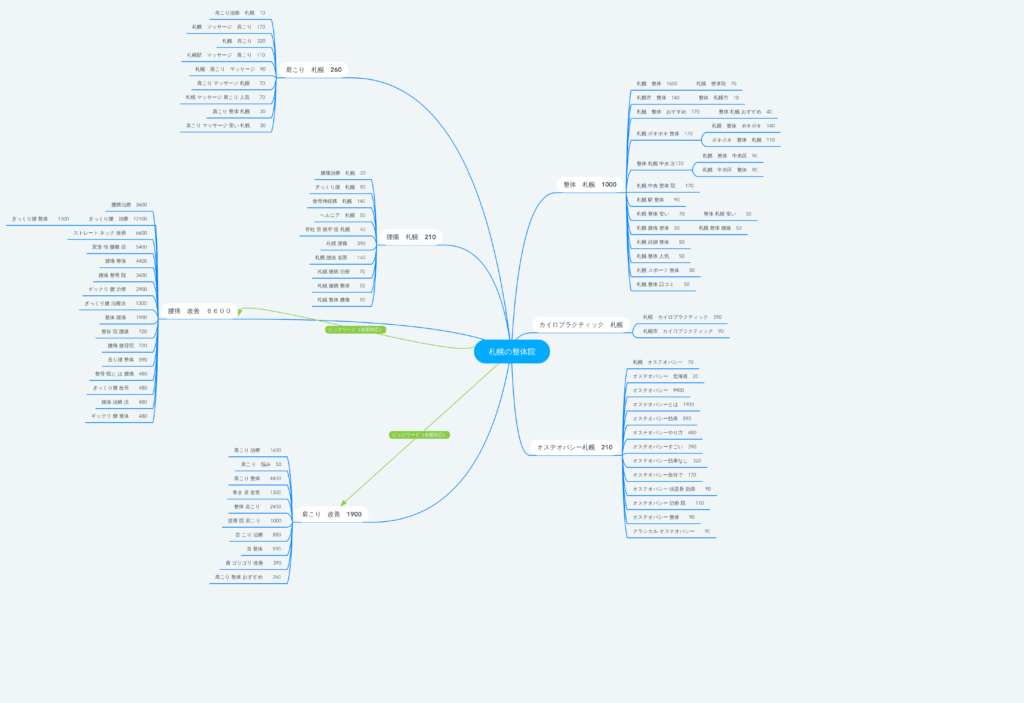
Consider Search Intent for Each Keyword
Content SEO is about solving the target audience’s problems. Set a goal for each keyword and create high-quality content. Targeting less searched keywords can make it easier to rank higher.
Decide on Titles Based on Search Intent
After keyword mapping, decide on article titles. Include keywords in the title, but more importantly, consider the search intent. Users judge whether the information is relevant based on the title and description.
Write the Article
With the structure in place, write the article with search engine mechanisms and user perspective in mind. Include keywords in headings and throughout the text, and be creative with images. Avoid practices that violate algorithms, like keyword stuffing or duplicate content.
Verification
After publishing, conduct performance measurements using tools like Google Search Console and Google Analytics. Analyze search rankings, fluctuations, and identify causes of negative evaluations. Regular reviews and rewrites are necessary to maintain or improve rankings.
Create New Content
To achieve significant effects, produce content in volume. One piece of content alone is insufficient to boost domain power and achieve high rankings. Develop a workflow for efficiently creating quality content.
Success Stories in Content SEO
Content SEO is now a vital strategy for various companies. Here, we present success stories of companies in content SEO and the results they achieved.
Cookpad Inc.
Cookpad Inc. implemented content SEO in their free research projects. By understanding user intent through keyword analysis and creating content that met their needs, they saw a significant increase in website traffic and the number of recipes posted.
The graph below, researched by Tokyo SEO Maker, shows traffic numbers (left axis, blue bar graph) and the number of keywords obtained (right axis, orange line graph). Particularly notable is the growth between 2019 and 2020, demonstrating a significant increase through consistent content publication.

Benefit One Inc.
Benefit One Inc. launched their own media platform, “Bogle,” due to rising advertising costs. Within three months of its launch, Bogle achieved one conversion per day. After six months, it ranked high for keywords related to health management and workstyle reform.
The graph below, researched by Tokyo SEO Maker, shows traffic numbers (left axis, blue bar graph) and the number of keywords obtained (right axis, orange line graph). Despite a decrease in traffic in 2021, there was a significant increase in keywords obtained in 2020. The decline in traffic could be due to SEO strategy failures, trend changes, or stronger competition. However, the content remains an asset, and with continuous rewriting, there is potential for significant growth.

LIG Inc.
LIG Inc. launched a blog media named “LIG Blog,” achieving a massive success of 5 million monthly page views. The blog stands out from other media and is frequently shared on social media.
The graph below, researched by Tokyo SEO Maker, shows traffic numbers (left axis, blue bar graph) and the number of keywords obtained (right axis, orange line graph). While there are fluctuations in traffic over the years, it’s evident that the blog has progressively acquired a significant number of keywords. The uniqueness of LIG Blog’s articles and its dedicated fan base are key factors in its content SEO success.

Tokyo SEO Maker
Admano Inc.’s Tokyo SEO Maker also achieved success with content SEO.
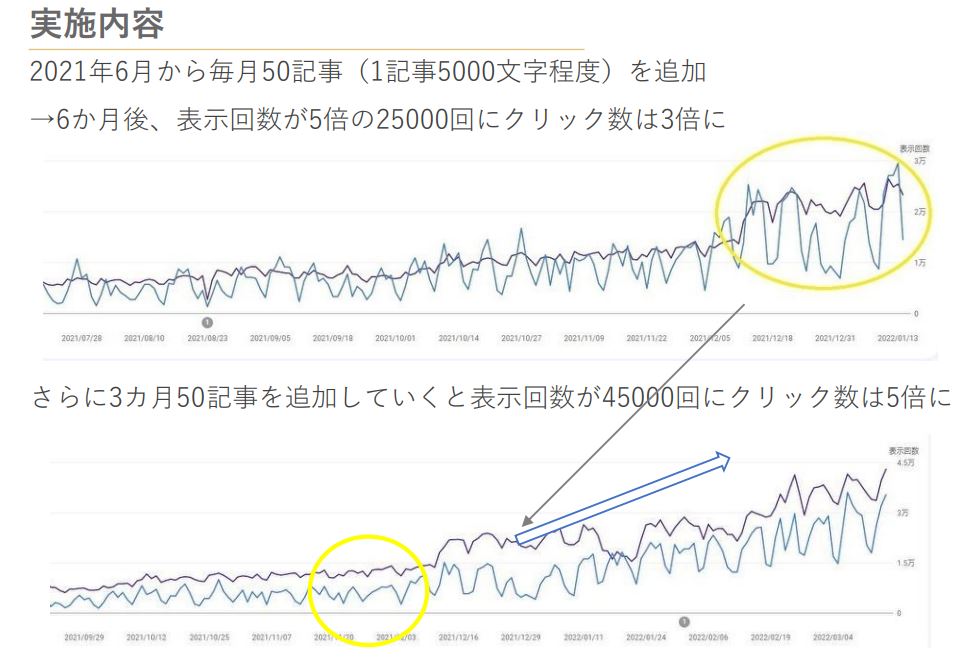
In September 2021, the site had about 5,000 daily page views and 30-50 clicks. After adding over 30 articles monthly, the site saw a fivefold increase in page views and a threefold increase in clicks after six months.
Currently, the site continues to grow in page views, clicks, sessions, and conversion numbers.
Our Content SEO Success Stories
- Traffic increased 30 times in two years with content SEO, achieving top SEO rankings for product/service names and related keywords | MDI Inc.
-
In Content SEO, achieving the 1st position| Crown Worldwide Co., Ltd.
-
Traffic Increased by 96 Times in Two Years | LCS Corporation
Common Questions About Content SEO (Q&A)
Check out these common questions about content SEO basics.
Q: What is content SEO?
A: Content SEO involves publishing high-quality content that resonates with users, receiving positive evaluations from search engines, and ranking in search results to drive web traffic.
Q: Why is content SEO gaining attention?
A: With the evolution of algorithms, black hat SEO has become ineffective, leading to valuable content pages ranking higher in search results. Hence, content SEO is gaining prominence.
Q: What are the benefits of content SEO?
A: Content implemented on a site becomes an asset, and if it ranks high in search results, it can attract significant web traffic. It’s more cost-effective than advertising.
Q: What are the disadvantages of content SEO?
A: Compared to listing ads, content SEO takes longer to show effects. Regular article maintenance and rewriting are necessary.
Q: How is content SEO done?
A: Fundamentally, it involves writing articles. Set personas and customer journeys, select keywords for top ranking, and write articles accordingly. Once written, combine them with images and publish on the site.
Conclusion
Content SEO is indispensable in SEO strategies. However, it doesn’t guarantee immediate or certain success. Mastering content SEO can expand business opportunities. It’s crucial to deepen understanding of content SEO and recognize the characteristics and commonalities of top-ranking articles. This understanding is key to achieving high search rankings.







